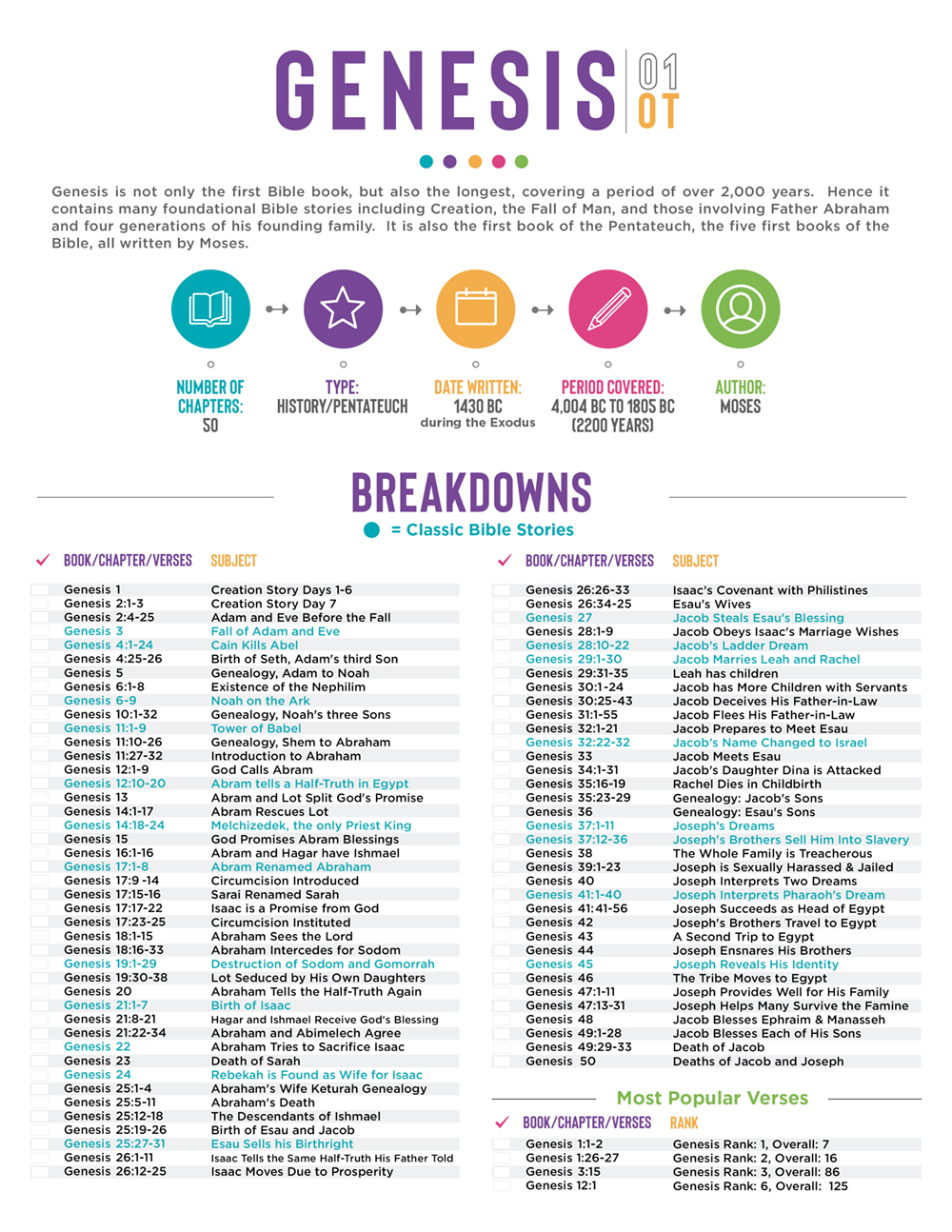Have you ever wondered about the stories that didn’t make it into the Bible as we know it today? The idea of “lost” books whispers of hidden knowledge, forbidden narratives, and tantalizing glimpses into early Christian history. While the idea of a “100 lost books of the Bible PDF” might seem like a treasure map to a hidden world of spiritual secrets, the reality is a bit more nuanced.

Image: gallferragamovirh.blogspot.com
The concept of “lost books” is central to understanding the biblical canon, the collection of writings considered authoritative and sacred by various Christian groups. The development of the biblical canon was a long and complex process, spanning centuries and involving debates and controversies. Understanding these processes sheds light on the books that were included, those that were excluded, and the factors that influenced these decisions.
The Missing Pieces: Exploring the World of Apocrypha and Pseudepigrapha
The journey to understand “lost books” delves into two key categories: Apocrypha and Pseudepigrapha. While these terms are often used interchangeably, they represent distinct categories of ancient writings that didn’t make the final cut into the biblical canon.
Apocrypha: A World of Additional Texts
The word “Apocrypha” comes from the Greek word for “hidden” or “secret.” Though not accepted as part of the biblical canon by Protestants, these writings are considered part of the Bible by the Catholic Church and some other Christian denominations. Examples of Apocryphal texts include:
- The Book of Tobit
- Judith
- Wisdom of Solomon
- Sirach
- Baruch
- 1 Maccabees and 2 Maccabees
Pseudepigrapha: Exploring the Boundary of Authenticity
Pseudepigrapha, meaning “false writings,” refers to texts attributed to famous biblical figures but written later. These texts often reflect the theological concerns and social realities of their authors’ time, while carrying the weight of historical figures. Examples include:
- The Book of Enoch
- The Gospel of Thomas
- The Gospel of Peter
- The Testaments of the Twelve Patriarchs

Image: humblefaithful.com
Debunking Myths: The Truth Behind the “100 Lost Books”
The idea of “100 lost books” often conjures images of hidden libraries and forbidden knowledge, a notion fueled by the mystery surrounding these ancient writings. However, the reality is more complex. There’s no universally accepted list of 100 “lost books,” and the number “100” is likely a figurative statement.
The term “lost books” is misleading in itself. Most of these texts are actually preserved and available for study. They were lost in the sense that they didn’t become part of the accepted biblical canon, not in the sense that they were literally lost and forgotten.
The Quest for Authenticity: Exploring the Reasons for Exclusion
One question often posed is why some ancient writings made it into the canon while others were left out. Here are some key factors:
- Authorship: Early Christians valued writings attributed to apostles and prophets.
- Theological Consistency: Writings aligned with the dominant Christian beliefs of the time were more likely to be accepted.
- Early Church Councils: Formal gatherings of church leaders played a significant role in determining the canon.
- Cultural and Historical Context: Writings reflecting the specific historical and cultural contexts of their authors sometimes posed challenges to the broader Christian community.
A Window into Early Christianity: The Value of Studying Apocrypha and Pseudepigrapha
While the Apocrypha and Pseudepigrapha didn’t make it into the main body of the Bible, they provide valuable insights into the evolution of Christian ideas, practices, and communities.
- Historical Context: These texts offer glimpses into the social and political realities of early Christians, helping us understand the challenges and triumphs they faced.
- Diversity of Beliefs: They illustrate the diversity of Christian thought and practices that existed in early Christianity, showcasing a broader spectrum of beliefs that wasn’t reflected in the canon.
- Artistic and Literary Value: Some texts, such as the Gospel of Thomas, feature unique and engaging narratives, contributing to the tapestry of early Christian literature.
100 Lost Books Of The Bible Pdf
Beyond the PDF: Exploring the World of Apocrypha and Pseudepigrapha
While the allure of a “100 lost books PDF” may be tempting, it’s essential to understand the context and complexities surrounding these ancient writings. Instead of seeking a single document, delve into the rich and diverse world of Apocrypha and Pseudepigrapha. Many texts are available in translations and online resources, allowing you to explore these fascinating narratives directly.
This journey of exploration will provide a more nuanced understanding of the Bible, the development of the canon, and the evolving ideas of faith and spirituality throughout history. It’s not about uncovering hidden truths but about engaging with the diverse tapestry of early Christian thought and recognizing the richness of the human experience within the framework of faith.






